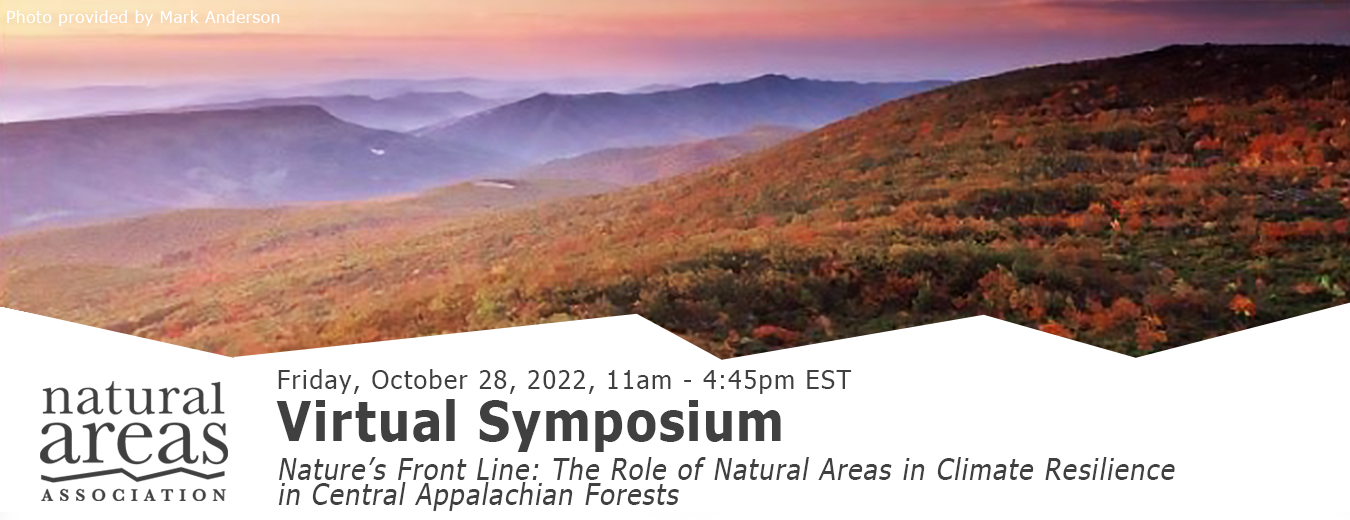
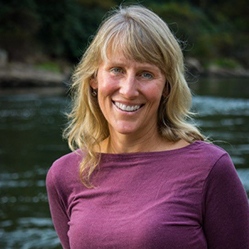
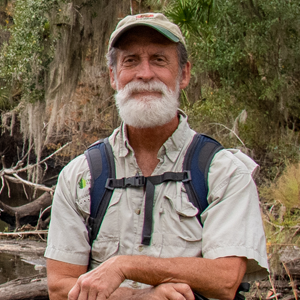
Opening Remarks: Natural Areas In The 21st Century
Dr. Reed Noss will set the stage for this symposium by sharing findings of the yet to be publicly released, Natural Areas in the 21st Century, a product of the Natural Areas Association’s Science Advisory Committee. In his opening remarks, Dr. Noss will summarize the role and function of natural areas historically and today and will then speak to the effects of climate change and possible frameworks for practitioners response in stewarding natural areas.
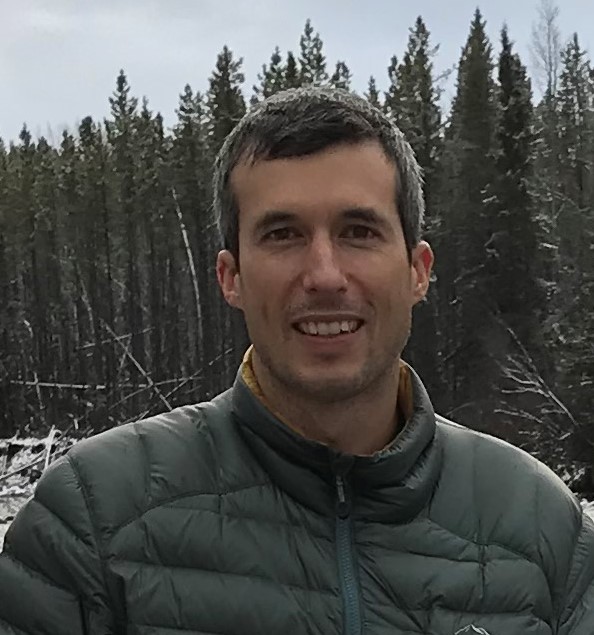
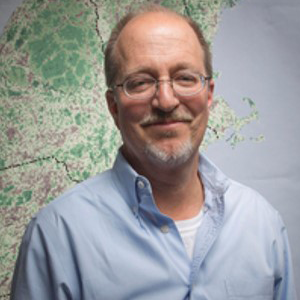
Radical Resilience and Wild Carbon
The science of resilience has evolved rapidly in the last decade, almost as fast as the science of carbon. Both topics have big implications for the Central Appalachians. In this talk we will do a science refresh, explore the recent breakthroughs in these fields, and discuss how they apply to this landscape of endemic salamanders, complex microclimates, and changing forests.
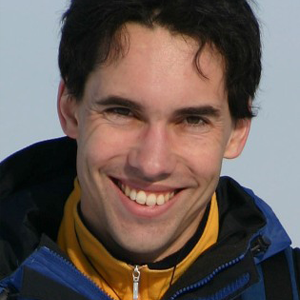
Conservation of Forest Carbon as Climate Protection: Assessing Opportunities and Limitations
We all know that forests soak up and store carbon, and that this helps to keep atmospheric CO2 levels lower than they otherwise would be. Figuring out how forests in different areas contribute, and to what degree that depends on management, can be challenging. This keynote will examine what we know about baseline carbon uptake in forests of the U.S., provide insights into the underlying science, and spotlight some tools available for practitioners. Also it will discuss the value forest conservation for climate protection, and what can be claimed as a nature-based climate solution.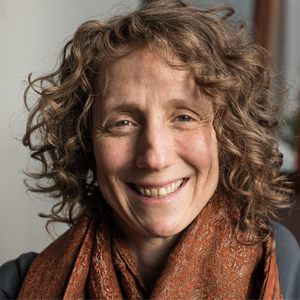
Putting forest carbon data to work: Strategies for maximizing Pennsylvania‘s forest carbon by 2050
How do we use forest carbon data to help maximize carbon stored in our forests (and not the in the atmosphere!) by 2050? How do we know where Pennsylvania‘s unprotected high-carbon forests located? How can we use the data to inform how we manage lands to maintain and increase forest carbon? This presentation will provide strategies from Open Space Institute‘s decade of work to target and evaluate conservation for climate resilience.
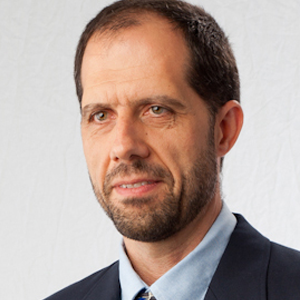
Charles Lafon is a Professor of Geography at Texas A&M University, where he teaches and conducts research in physical geography with an emphasis on biogeography. His research focuses on vegetation patterns and change, including the role of fires, storms, and other disturbances. He is especially interested in fire history and the spatial patterning of fire on Appalachian landscapes. A native of the Appalachian Mountains of southwest Virginia, he earned his B.A. from Emory & Henry College, Virginia and his M.S. and Ph.D. from the University of Tennessee.
Fire through Space and Time on Appalachian Landscapes and Implications for Vegetation Change
The presence of fire-adapted species and pyrogenic communities implies a long history of fire on Appalachian landscapes. In this presentation, I discuss reconstructions of past fire regimes based on evidence from witness trees, soil and sediment charcoal, and fire-scarred trees. These records suggest that fire was common over much of the Appalachian region before the advent of effective fire prevention and suppression in the early to middle twentieth century. Frequent burning helped maintain forests and woodlands that were dominated by tree species such as oak, chestnut, and pine, especially in the Ridge and Valley, the Blue Ridge, and the Piedmont, and in parts of the Appalachian Plateau as well. Most fires were probably ignited by people, as are most wildfires today. Lightning-set fires would have also been important on certain landscapes where terrain-vegetation-climate interactions favored their ignition and spread. The reduction in burning over the past century has led to shifts in vegetation composition toward a greater abundance of fire-sensitive trees and shrubs and to an increase in forest density. Oak- and pine-dominated forests are declining in extent while mesophytic forests expand, thereby rearranging the patterns of vegetation across landscapes. These changes have implications for managing natural areas to sustain ecosystem integrity, economic viability, and wildlife habitat under alterations in climate, land use, or other environmental conditions.
Support the people who manage our natural areas and protect biodiversity in perpetuity.